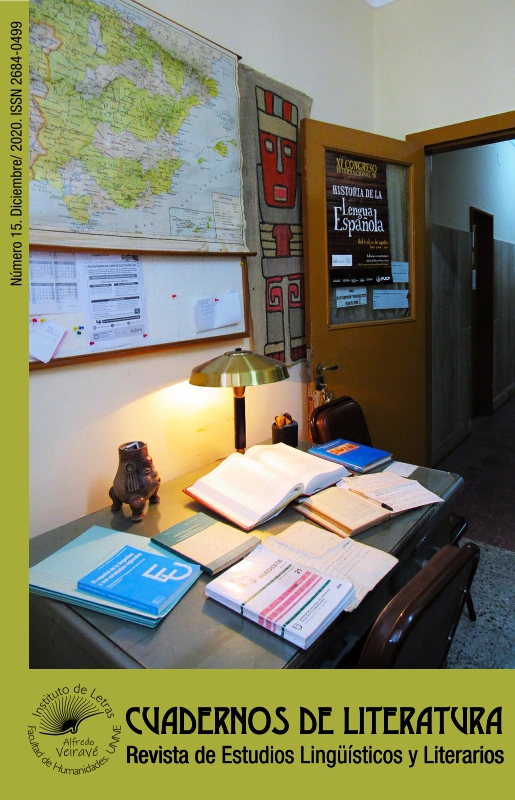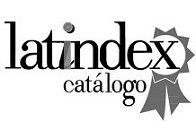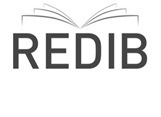On the use of pragmatemes: Star Wars and Harry Potter
DOI:
https://doi.org/10.30972/clt.0154681Keywords:
Pragmateme, Phraseology, Cinema, Fiction, CommunicationAbstract
The concept apparently abstract of pragmateme makes reference to linguistic phraseological expressions which are restricted by extralinguistic situations particular to their use. These include greeting formulae, official instructions or conversation openings and closings. The analyzing of this effective and common element of communication through the cinematographic field entails the recognition of the communicative model currently utilized in this medium, as well as its consumers’ behavior. This analysis studies what pragmatemes are, how they are classified following Blanco Escoda and Mejri’s theory and, particularly, how they are used in the construction of fictional worlds. We focus specifically on two works of fiction, a film series and a literary series, which are fundamental to analyzing the western media phenomena of the late 20th and early 21st centuries: Star Wars and Harry Potter. We deal with an essential element of the language on both sagas: the use of pragmatemes. Moreover, we showcase the similarities and differences which these works may present as opposed to the ones used in our society. By doing this, the aim is to seek recognition of this phraseological structure formed in response to the need for immediate and pragmatic communication.
References
Barrios Rodríguez, M. A. (2008). El dominio de las funciones léxicas en el marco de la teoría sentido-texto. (Tesis doctoral). I. Bosque (dir.). Universidad Complutense de Madrid.
Barrios Rodríguez (2017). “Hacia un concepto amplio de pragmatema y sus aplicaciones en ELE: el caso de ¡qué + sust./adj.!”. En I. Penadés, y A. M. Ruiz (eds.) Investigaciones actuales en Lingüística. Vol. II: Morfología y Lexicología. Alcalá: Universidad de Alcalá de Henares. Madrid.
Blanco Escola, X. y Mejri, S. (2018). Les pragmatèmes. Paris: Classiques Garnier.
Carrizales, Y. M. y Rodríguez Alfano, L. (2015). “Las fórmulas rutinarias como herramienta de cortesía en la entrevista sociolingüística. Una aplicación al discurso de hablantes mayores de 54 años”. En Textos en Proceso, Vol. I, n.º 2, pp. 125-148.
Cope, B. y Kalantzis, M. (2010). “Gramática de la multimodalidad”. Boletín de la Asociación Andaluza de Bibliotecarios, 25, pp. 93-154.
Escandell, V. (1996). “Los fenómenos de interferencia pragmática”. Didáctica del Español como Lengua Extranjera. Vol. III. Madrid: Expolingua, pp. 95-109.
Ferguson, C. (1976). “The structure and use of politeness formulas”. Language in Society, 5(2), pp. 137-151.
Ilina, N. A. (2009). “La fraseología como cosmovisión colectiva”. Mundo eslavo: revista de cultura y estudios eslavos 8, pp. 25-36.
Mel’čuk (1998). “Collocations and Lexical Functions”, A.P. Cowie (ed.). Phraseology. Theory, Analysis, and Applications, Oxford: Clarendon Press, pp. 23-53.
Mel’čuk, I. (2004). “La non-compositionnalité en morphologielinguistique”. Verbum. Vol. XXVI, nº. 4, pp. 439-458.
Mel’čuk, I. (2012). Semantics: From Meaning to Text. Vol 1. D. Beck y A. Polguère (eds.) Amster-dam/Philadelphia: John Benjamin’s Publishing Company.
Ovejas Martín, V. (2018). “Pragmatemas con verbos dicendi: decir y contar”, Díaz Ferro, M. et al (eds.), Actas do XIII Congreso Internacional de Lingüística Xeral: Vigo, 13-15 de junio de 2018, pp. 685-692.
Rey, A. (2018). “Préface”, Les pragmatèmes. Paris: Classiques Garnier, pp. 7-18.
Rowling, J. K. (2003). Harry Potter y la piedra filosofal. Barcelona: Salamandra.
Ruiz-Gurrillo, I. (2010). “Interrelaciones entre gramaticalización y fraseología en español”. Revista de filología española 90 (1), pp. 173-194.
Searle, J. (1969). Speech acts: An essay in the philosophy of language. Cambridge: University Press.









52.jpg)









